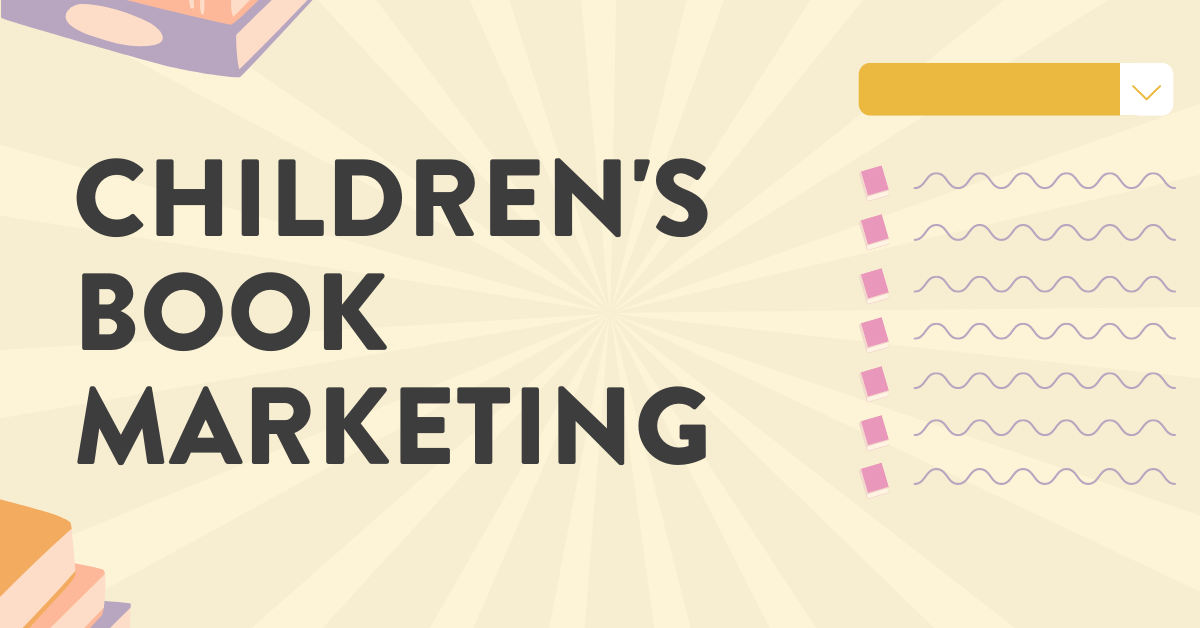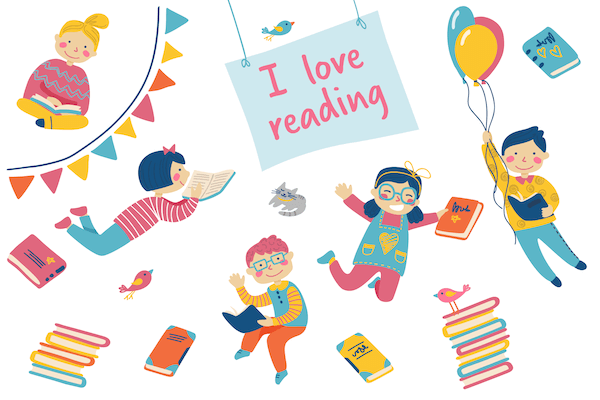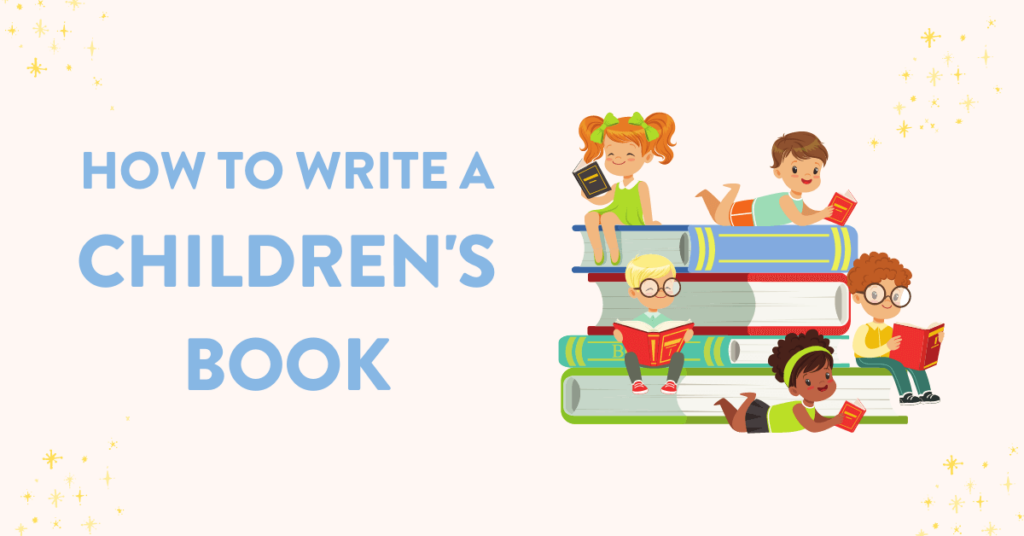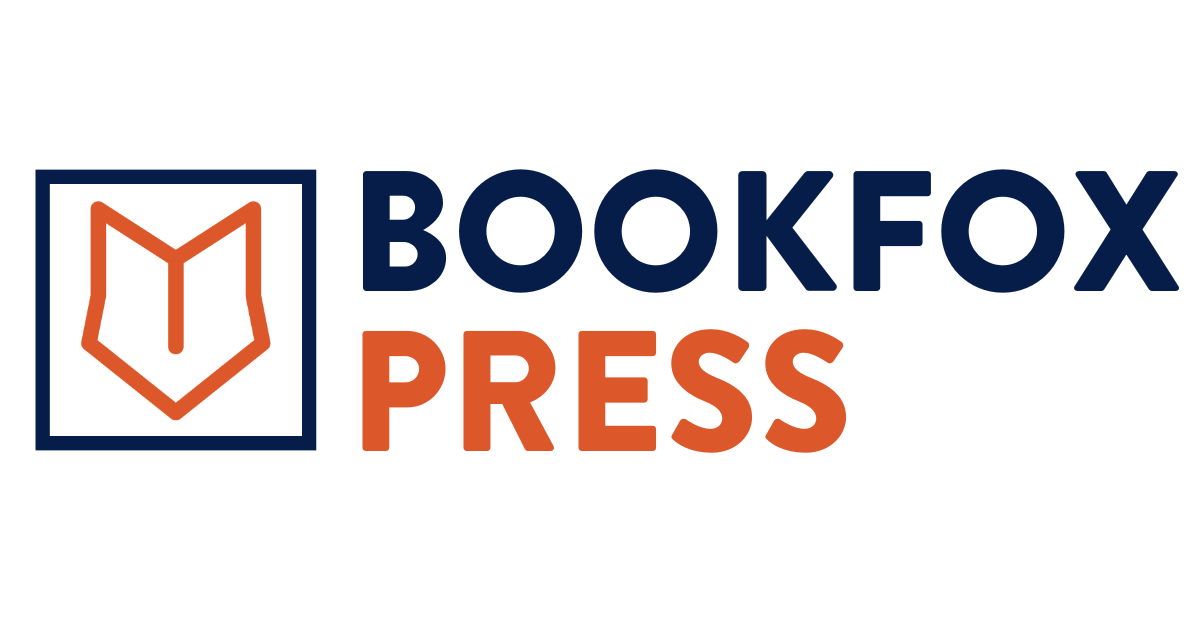
Guest Post by Vicky Weber
When I first started in the publishing industry, I was surprised to find that most children’s book authors had no idea how to market their books.
That’s understandable, since they’re writers, not marketers—but it’s also a big reason why so many children’s books go unnoticed in the sea of publications.
Fortunately, there are ways for you to market your children’s book without spending thousands of dollars on advertising or outsourcing.
Let’s dive into some book marketing strategies you can use right now to get more sales.
Email Marketing

Email marketing is a low-to-no cost way to reach out to people who might be interested in your children’s book and – this might surprise you – it can be much more powerful than social media. When you make a post on social media and a potential customer comments, hundreds or thousands of people can see that comment.
But when a potential customer hits “reply” to an email, they’re engaging in a private conversation with you. This makes it easier for people to connect with you and your brand.
Plus, you don’t have to worry about algorithms!
You’ll want to use an email provider like Convertkit or Mailchimp to be compliant with CAN SPAM laws but the gist is this:
- You email marketing campaigns have to have an “unsubscribe” button, which is why you’ll need an email provider.
- You cannot add someone to your email list without their permission.
How to grow your email list
There are many ways to grow your email list but my favorite way is by using a lead magnet.
A lead magnet is something that you offer for free in exchange for someone joining your email list. Something like:
- A checklist
- Coloring page
- Lesson plan
The key is to think about what type of people you want to attract and then consider what that group of people wants or needs.
Once you’ve created your lead magnet, set up a funnel on your website so that when a person enters their email address, they get an automated email containing the free resource. After that, you just need to drive traffic to your website and you’ll start seeing consistent sign ups!
What should I send my current email subscribers?
The emails that you send to your subscribers should provide value in some way. Yes, an occasional sale is great but that shouldn’t be the only types of emails you send your email list. Think about what they care about and create content that caters to that. It doesn’t have to be about your book!
Just for example, if your book teaches kids how to deal with their anger, you could send your subscribers:
- Tips for emotional regulation
- Your favorite SEL resources from other creators
- Run a poll to learn more about what they struggle with! (This could inspire a new book…)
Above all else, your emails need to be valuable. You want your list to see your emails and want to open them so take your time to think about your email marketing strategy.
Social Media

Social media is an incredibly powerful tool for marketing children’s books.
Not only does it provide a platform to share content and reach a wide audience, but it is also an excellent way to engage with readers. You can use social media to post excerpts, behind-the-scenes content, interviews, and reviews to get people interested in your book. Additionally, it is a great way to build relationships with potential readers and connect with other authors.
Quick tips for social media marketing:
- Know your audience and what they search for. Often #childrensbooks or #kidlit are followed by authors rather than your target audience.
- Consistency is key! No matter how often you post, do it consistently because algorithms prefer that.
- Include call to actions. Ask your audience questions and get them engaged in what you’re posting. A smaller, engaged audience is always more powerful than a large disengaged one.
- Create eye-catching graphics and videos. If you aren’t a designer, you can hire one to make content for you.
Contact Influencers
The biggest takeaway with book marketing is that you need to get in front of the right people because it will naturally leads to more sales with less effort on your part.
For example, if you write books for toddler moms and you get in front of a toddler mom (and she likes your book!), she will recommend your children’s book to her friends with toddlers, mention it to her daycare teacher, or even gift it to someone else struggling with the problem your book solves. It’s a domino effect!
But if you get in front of the wrong person? The momentum stops there.
That’s why using influencer marketing for your children’s book can be so powerful but it has to be done right. You have to consider who that influencer’s audience is and whether or not that pool is your target audience.
Lots of authors only send their children’s book to book bloggers but often, the people that follow them are other authors. Plus, on a book blogging account, you’re just a book in a sea of other books – it’s nearly impossible to stand out!
That’s why I recommend that you limit your efforts there and instead go find bloggers, podcasters, and other influencers that have the same target audience as you. If toddler moms are your target audience, go find toddler mom influencers!
I would recommend having a GORGEOUS book, if you’re sending to influencers (because the cover will be splashed all over social media). Bookfox Press can help you with an illustrator, cover, and much more, if you haven’t published your book yet.
Author Visits

Author visits are a great way to build awareness for you and your books.
There are several different types of visits to consider:
- School visits: When you give a kid-friendly presentation at an elementary school about your book or the writing process. These can be free or paid, depending on your preference and experience but they’re also a great way to get book sales. You can send an order form home with the students prior to the event or sell signed copies during.
- Author signings: Call your local bookstore or library and ask them about doing an author signing event. Each location will have different policies about this but it’s a great way to get in front of your local community.
- Craft shows/Vendor events: Typically, you pay a small table or booth fee to participate but many authors out earn this fee. People come to vendor events to shop so it’s a perfect opportunity to connect with people and drive visibility and sales.
Online Read-Alouds
Children’s books are meant to be read time and time again so the only time offering your book for free will hurt your sales is if the book is low quality. Think about it: when you do an author visit at a school, you read the whole book to the kids but people there will still buy your book! The same principle applies to online read-alouds.
You can send your book to YouTubers to do read alouds or create one yourself with your own YouTube channel. This will get your book in front of new people and if they like the story, they’ll likely purchase a physical copy.
And if you’re worried that your book won’t be a big hit with the little ones, it might be a good idea to get some developmental editing before you publish.
Media Features
Media features are an important part of any good book marketing plan for authors.
Book reviews, author interviews, and other press coverage can help to get the word out about your book to a wider audience. This can lead to increased sales, improved reputation and visibility as an author, and a greater level of engagement with readers.
The best way to start is to write a press release a send it to the media. Contact local newspapers and TV stations with your book and media contact info to start but give larger news outlets a try too-—you never know!
Learn SEO
SEO stands for “search engine optimization.” It is the process of optimizing your online content so that search engines like Google can more easily find it and return it in their search results. This can be really helpful for authors who want to market their books, because if a someone searches Google for the title of your book or your name, you want to make sure they find your website easily.
Beyond that, you want to think about your brand and use keywords that are highly searched (but less competitive) so that you start to get more organic traffic to your website as well.
Keywords and keyword phrases are words or groups of words that relate specifically to what you’re writing about. You’ll want to identify these early on before starting any marketing efforts or even writing your book itself; this way, you know what people would be looking for if they wanted information related to that topic area. If you have a blog, you should also include relevant keywords throughout your posts in order to get found by potential readers searching with those terms in mind.
Your Target Audience

It’s important to know who you’re writing for and what they want from a book. This is more complex than you’d think for children’s book authors because your target reader and target buyer are two different pools of individuals.
When you write picture books, you’re writing for children and adults because picture books are often read aloud to children by a parent, caretaker, or teacher.
That means that your book needs to appeal to children but also be well written enough that adults enjoy the experience too.
When it comes to buying your book though, adults are the ones making the decisions. This is important because it impacts how you market. If you’ve written a book for preschool aged children then you’ll want to get your book in from of moms with preschoolers or preschool teachers when implementing your marketing plan.
So when creating your book marketing plan, keep your target audience in mind.
- Where do they spend time?
- What types of phrases do they search?
- What topics are they excited or passionate about?
Answering these questions will help you come up with new strategies to reach the right people and optimize the book marketing strategies that you’re currently using.
The world of book marketing is wide and varied. There are many ways you can promote your book, regardless of your budget so don’t feel limited by your budget. In fact, I’d say that the most important thing in creating a successful marketing plan is being creative—and having fun with it!



